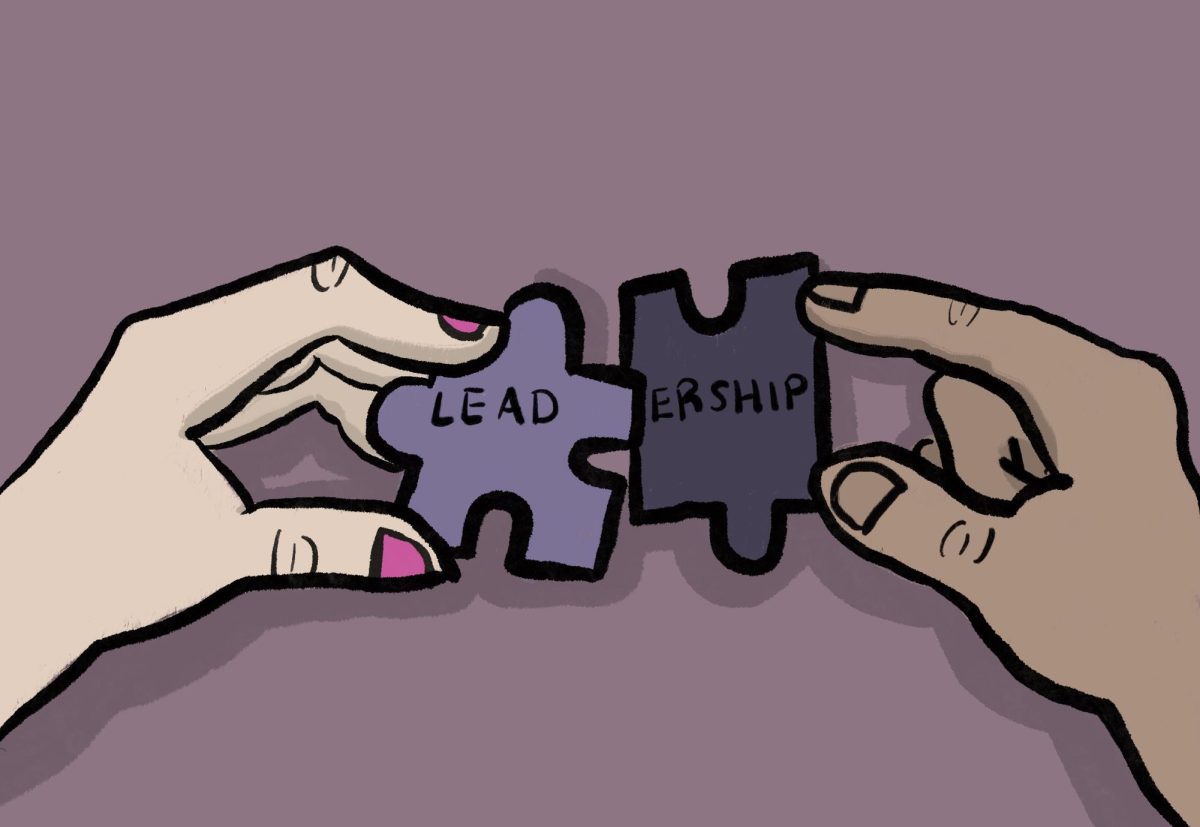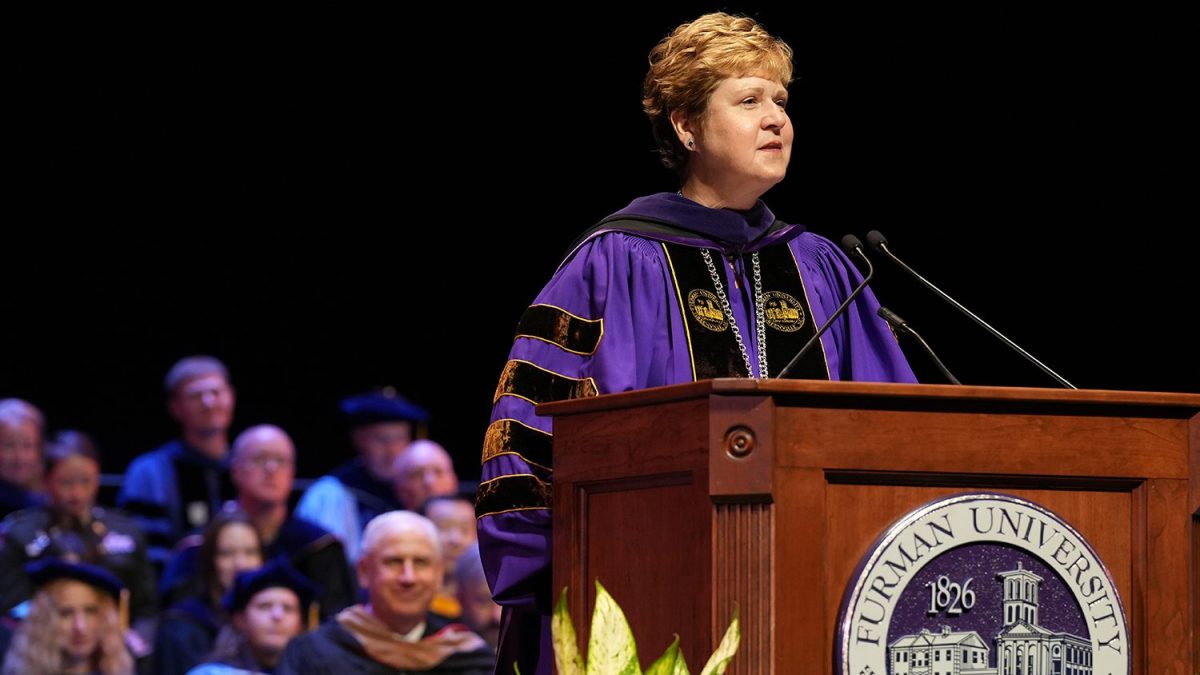When Nike released their newest ad for the Dream Crazy marketing campaign, they received varied responses. The tension-filled ad promotes reaching for new heights by using examples of battles with adversity and the accompanying sacrifice. For some, this is a standard expression of Nike’s push-to-excellence themes, but what makes this commercial controversial is the brand’s new face: Colin Kaepernick. Though Nike’s choice is divisive, Kaepernick is best choice for their commercial’s central message: to forgo mediocrity in the pursuit of greatness.
When Kaepernick took a knee during the national anthem, what he was doing was not an act of spite, but a protest of peace; he was calling attention to a national issue: police brutality. Specifically, he called attention to police brutality against people of color. Since the initial protest, Kaepernick has not been offered to sign with any NFL teams and has been using his newfound recognition to comment on the underlying bigotry and racism still present in America. His legacy has created the space for other athletes to stand-up and speak. Last year, a wave of NFL players followed Kaepernick’s example and took knees several times throughout the national anthem. This backlash not only incited controversy, but it incited the American people to have important conversations about justice and race.
Now, what does all this have to do with an ad? Kaepernick was the catalyst for kneeling during the anthem movement. Though many consider the protest disrespectful, Kaepernick’s goal was to draw attention to an issue, to use his visibility to protect and galvanize the people who are targeted by America’s justice system. His goal was to bring attention to the oppression he, and all people of color, have experienced in America.
After Nike released the ad, people who are angry to see Kaepernick garner support took to social media calling for boycott and burning their Nike apparel. The ad even gained recognition from President Trump in a tweet stating, “…Nike is getting absolutely killed with anger and boycotts. I wonder if they had any idea that it would be this way? As far as the NFL is concerned, I just find it hard to watch, and always will, until they stand for the FLAG.” It is notable that Nike’s choice to use a man with a message of peace and inspiration was provocative enough to trigger the president of the United States to speak negatively about its intent.
By Sept. 4l, Nike’s shares had dropped 3.2 percent and a nearly 30,000 consumers are using #NikeBoycott to voice their discontent on social media. Despite this drop in value and the negative attention, Nike’s shares are still climbing the charts compared to the last five years.
I, for one, am glad to see that Nike is doing well following this ad. Despite the present controversies, Nike’s intent in its message was something more than a provocative publicity stunt; it was a celebration of the influence of sport. Charlie Jabaley lost 120 pounds, beat a brain tumor and completed an Ironman. Lebron James started a school. Kaepernick sacrificed an NFL career to start a revolution in sport history.
Towards the end of Nike’s video, Kaepernick challenges us to “believe in something, even if it means sacrificing anything.” Whether or not you believe in his cause does not concern him, for Kaepernick’s concern lies with the well-being of our nation. And his argument is not a new one: Martin Luther King Jr., Nelson Mandela, Muhammad Ali and Jackie Robinson all shared the same dreams of peace and unity that continue to live on in Colin Kaepernick today. What we are witnessing within the Nike commercial is the power of a dream. Just decades after the Civil Rights movement, Kaepernick shows us how history is still, and must continue, to be made.









































